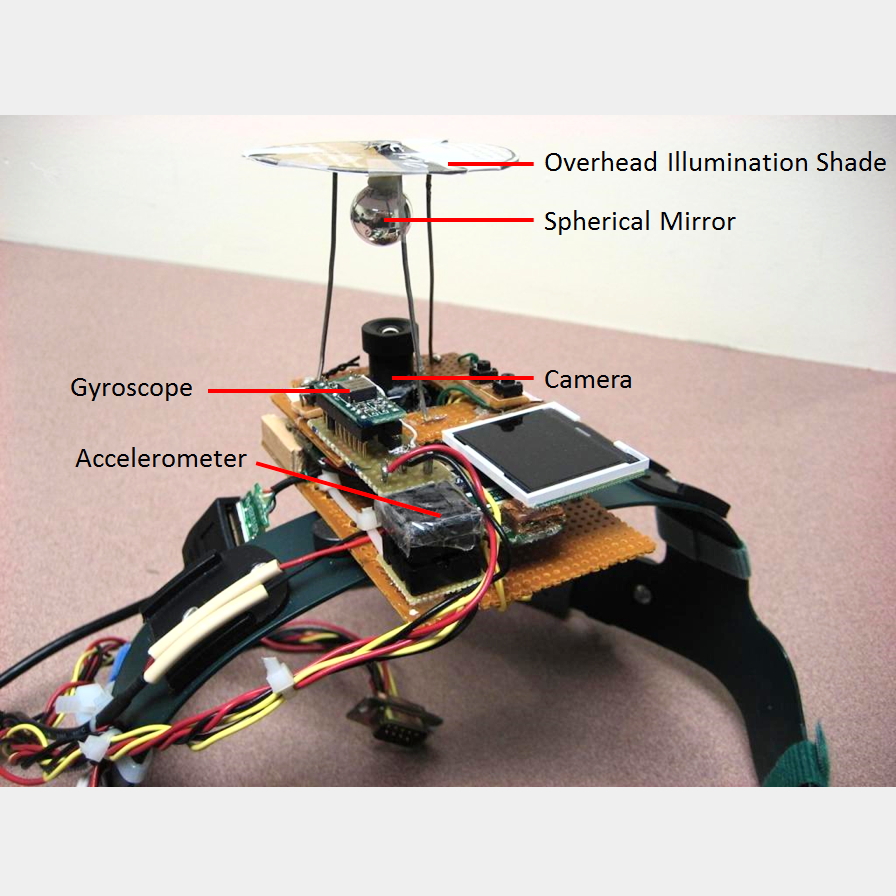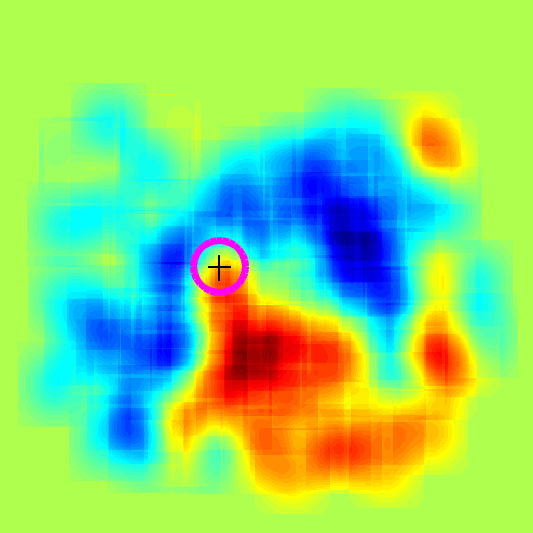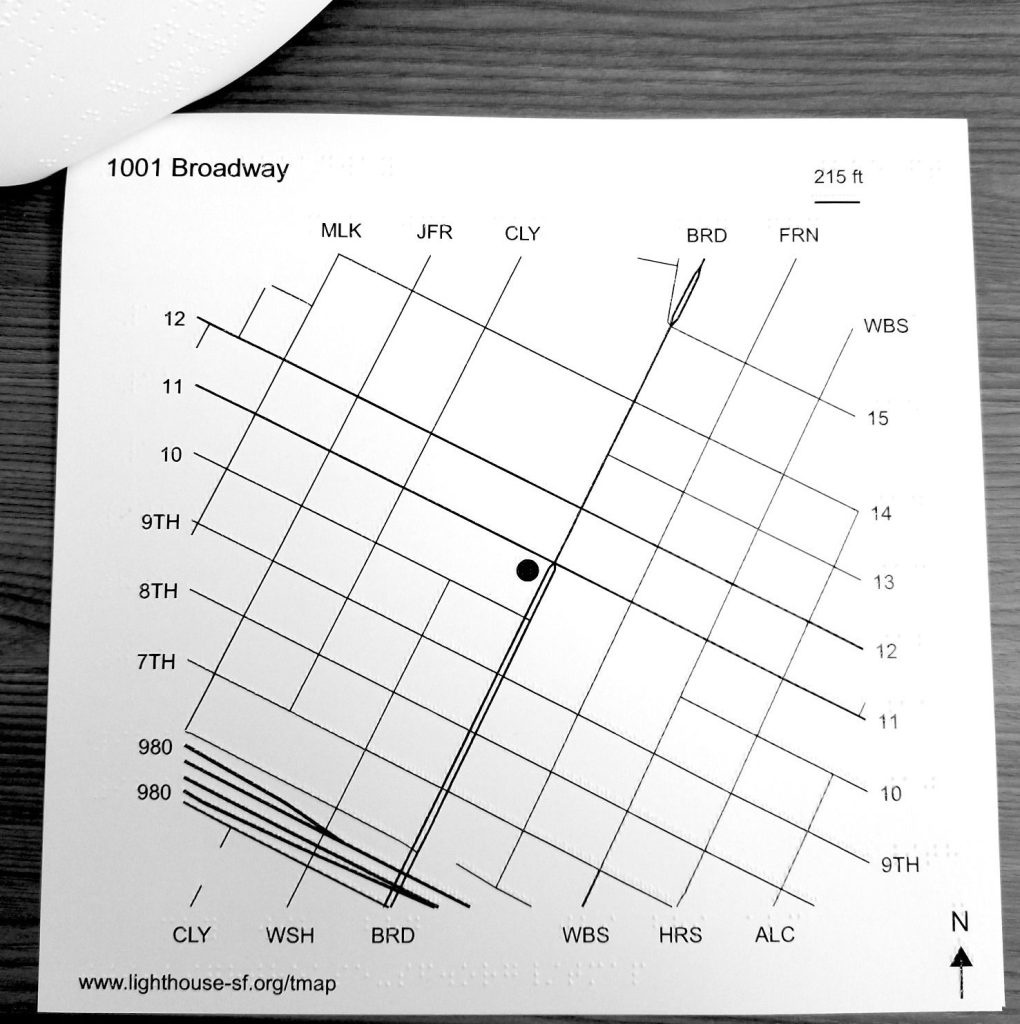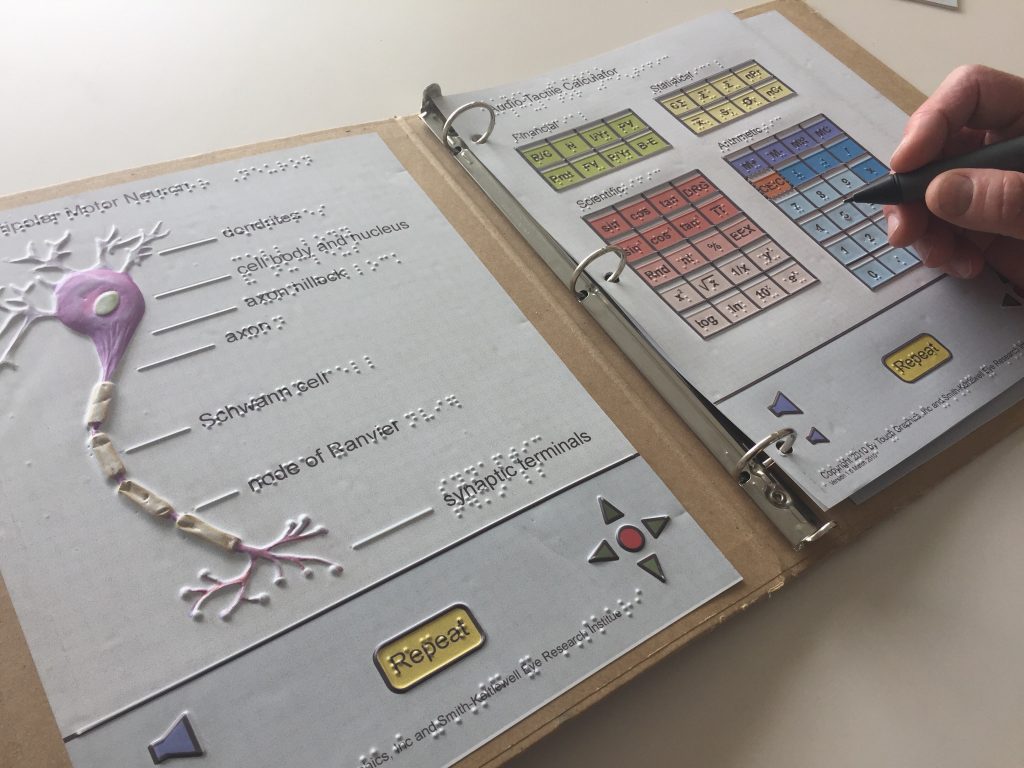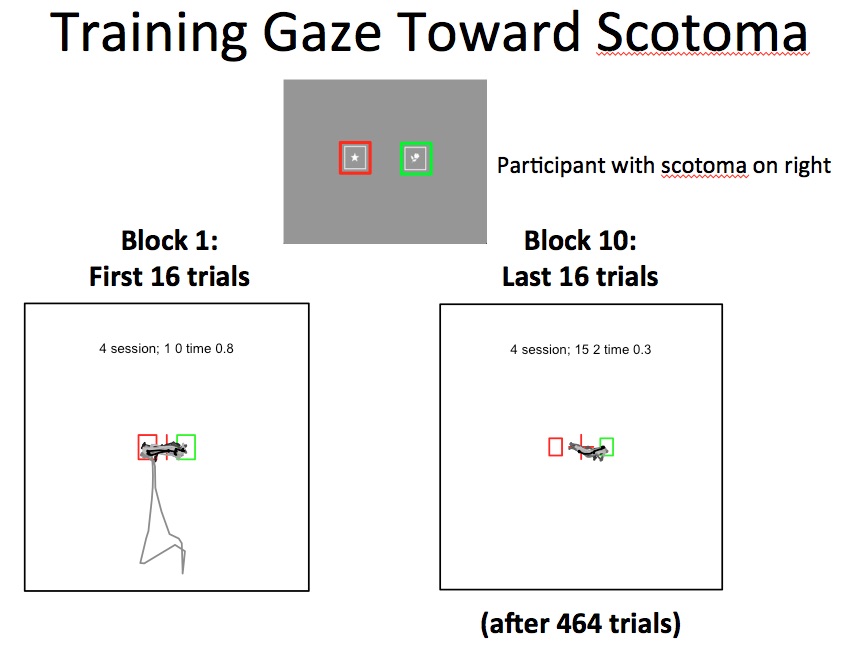Focal Attention and Letter Recognition
We studied letter recognition in 8 deg eccentricity from the fovea after attracting sustained focal attention to the stimulated location by a cue. Young and elderly healthy subjects, as well as patients with central vision loss participated. We found that the ability to utilize focal attention has an irregular topographic component in some subjects. The experiments in patients indicated that locations with high attentional potential are more likely to be used as preferred retinal loci after central vision loss. References MacKeben, M. (1999) Sustained Focal Attention and Peripheral Letter…
